The 39 Steps (1935) is the Alfred Hitchcock film where it all came together for the director. It was also the first of Hitchcock’s British films I consciously saw (I realize I saw his 1938 The Lady Vanishes onTV earlier, but was too young to really take it in). It was part of PBS’ Film Odyssey series in 1971, which introduced a lot of people to foreign movies that weren’t commonly shown on TV. The 39 Steps became an instant favorite, though it would be years before I realized its full importance to Hitchcock’s development. For me at 16, it was just a terrific and terrifically fun suspense thriller starring a perfectly matched pair of stars, Robert Donat and Madeleine Carroll — and the great thing about it is that it remains just that when you watch it in full knowledge of its importance. (I was so taken with it that it became one of the first 16mm prints I ever bought — and was I cheesed when it turned out to be U.S. release with all the “damns” carefully cut out.) It’s not a movie like Citizen Kane where you sit there and regard all that it meant and would come to mean, you just get wrapped up in the movie itself. That’s as it should be.
The film establishes two key elements of the director’s career. The first is the concept of the innocent man who goes on the run from both the police and the bad guys in the hope of clearing himself of a murder charge. The second is the introduction of Hitch’s first ice blonde. Both of these would provide much influence on his later films. In fact, both Saboteur (1942) and, even more, North by Northwest (1959) are essentially reworkings of The 39 Steps. While the latter in particular may be the slicker film, I’m not at all convinced that it’s necessarilly superior to the more tightly structured 87 minute original. And even if North by Northwest is superior, it probably wouldn’t even exist without The 39 Steps to draw from.
The 39 Steps was rather loosely adapted — by Charles Bennett, Ian Hay, and Alma Reville (Mrs. Hitchcock) — from John Buchan’s 1915 novel of the same name. (It should be noted that Reville’s credit for “continuity” on the film meant, at that time, the final script.) The film turns the mysterious name of its title into one of Hitch’s beloved MacGuffin — and one that provides on those delightful mystery story moments where the full explanation is cut short by a pistol shot. It also adds the romance, changes the plans (another MacGuffin) the spies are after into something more fanciful, and generally ups the sex and the comedy. (Frankly, the book is a letdown if you see the film first.)
Not a moment is wasted and not a single shot is uninteresting from the very onset of our hero, Richard Hannay (Donat), visiting the music hall that leads to his involvement with an attractive spy, “Arrabella Smith” (Lucie Mannheim). Everything is deliberately and carefully measured. Better yet, the sometimes ragged editing that sometimes caused shots to outstay their worth in The Man Who Knew Too Much (1934) is nowhere to be found here. Everything is very precise and everything serves a purpose. Information flows out of every scene, setting up the next move without seeming to. It is the inevitable murder of the spy — collapsing with a knife in her back across Hannay’s bed, telling him, “Clear out, Hannay — they’ll get you next!” — that sends him on the run to Scotland. (Look carefully and you’ll see a large poster for The Man Who Knew Too Much on the wall of the train station.) It is on the train (we actually get a mini-train thriller in the context of the film) where he’ll “meet cute” with Pamela (Carroll), who, of course, believes him guilty of murder.
The bulk of the movie concerns Hannay’s “man on the run” efforts to track down the spy ring and clear himself — something that allows for a variety of excellent suspense, comedy, and romantic set-pieces. On the off-chance that there are those who have never seen the film, I’ll leave just what these are alone. As an entertainment, The 39 Steps is as close to perfect as you’re likely to get. That it is also a key piece in the development of Hitchcock’s career is a bonus, but a pretty important one.
The Asheville Film Society is showing The 39 Steps Wednesday, Sept. 17, at 7:30 p.m. in at The Carolina Asheville as part of the Budget Big Screen series. Admission is $6 for AFS members and $8 for the general public.



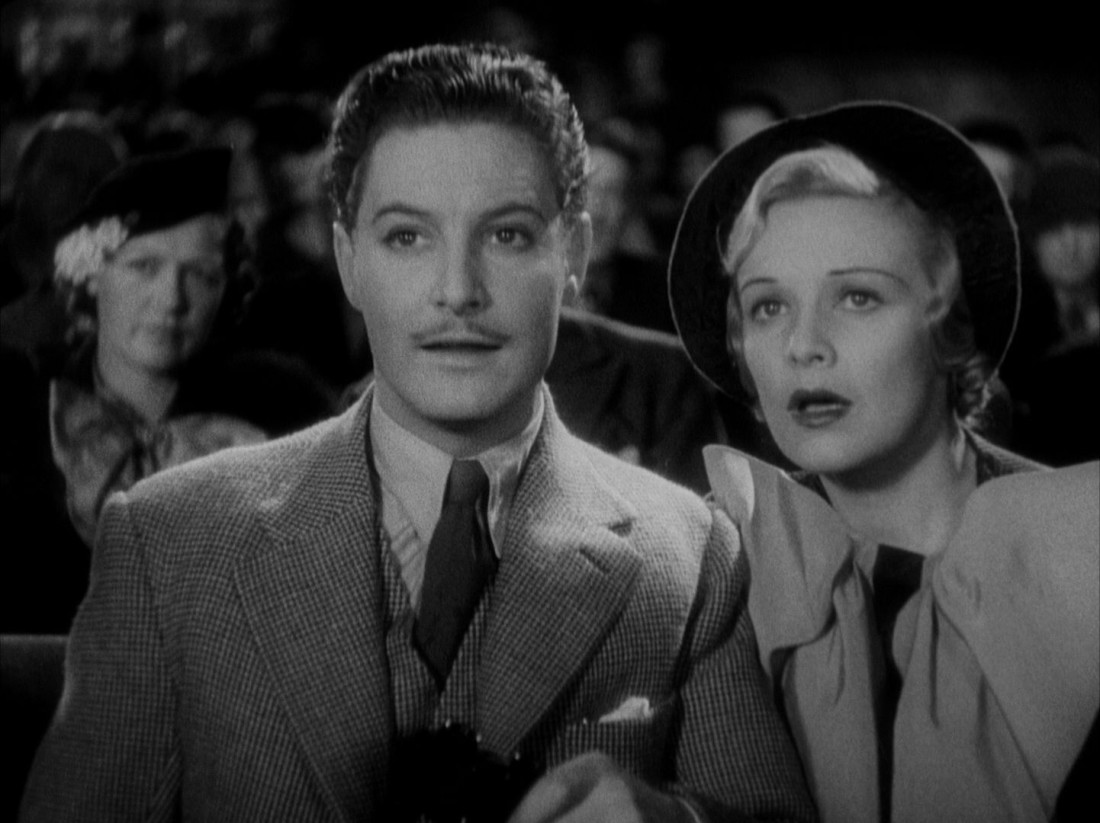
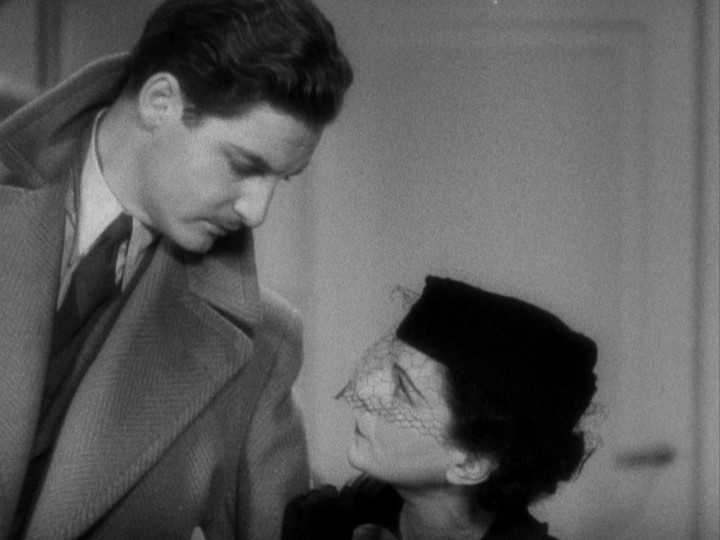
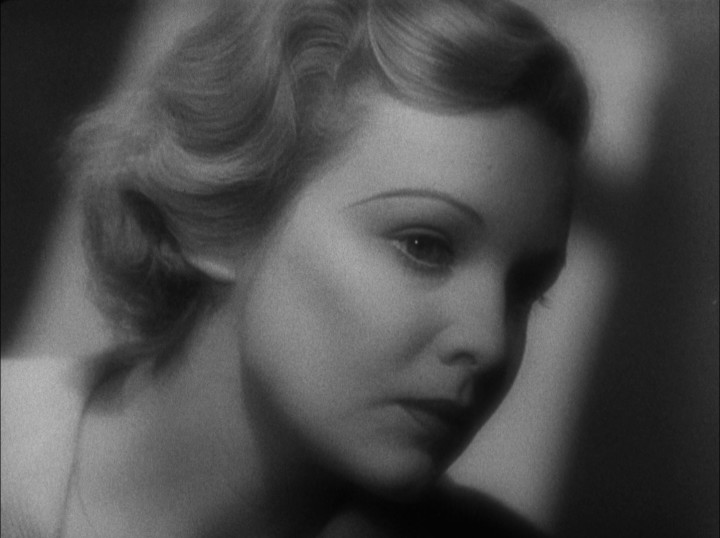
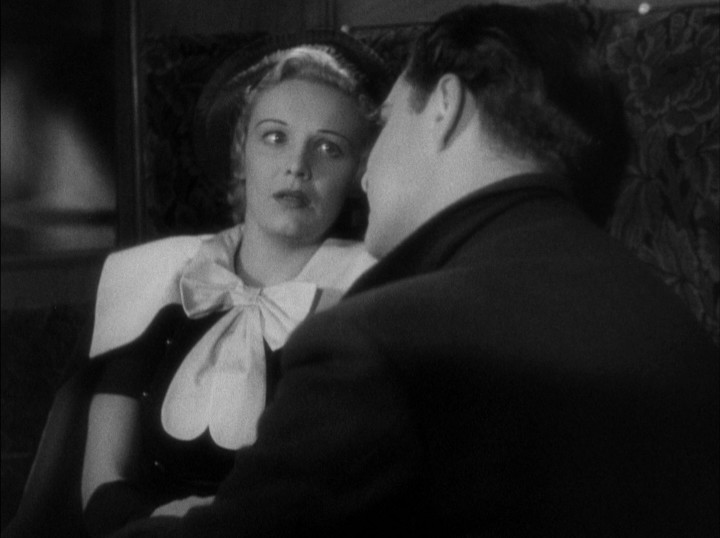
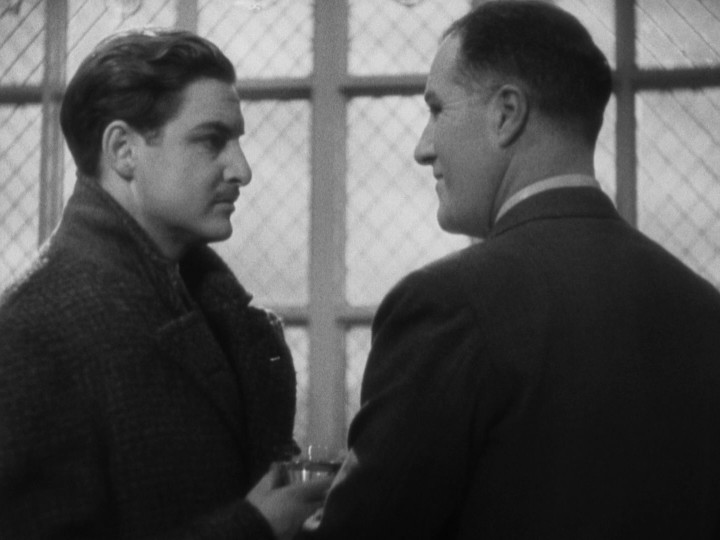
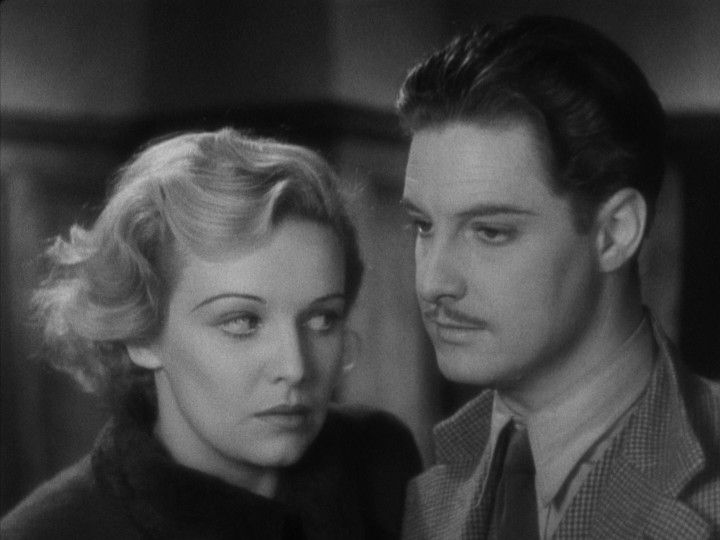
I’ve only seen this once, back in spring 2008, but it has stuck with me. I also think that revisiting it will only improve its standing with me, which hasn’t been the case for a lot of the most revered (read: they make a lot of lists) Hitchcocks.
As noted., I first saw in 1971 — back in the days where you saw something on TV and hoped to maybe bump into it again. I really think the next time I saw it (I made an audio recording ’71) was when I bought that 16mm print in ’73 or ’74. Then, of course, I saw it lots of times. It has never worn out its welcome with me. And I really do think it’s my favorite Hitchcock movie.
It’s in the running for me with The Lady Vanishes, Strangers on a Train, North By Northwest, Psycho, and The Birds.
Not in the running are Vertigo, Rear Window, Notorious and Spellbound.
I like Rear Window well enough, but it’s probably not in the running, but it’s nearer than Psycho or The Birds. The real running are: The 39 Steps, The Secret Agent, Young and Innocent, The Lady Vanishes, Foreign Correspondent, North by Northwest — with nods to the ’34 Man Who Knew Too Much, Number 17, Shadow of a Doubt, The Trouble with Harry.